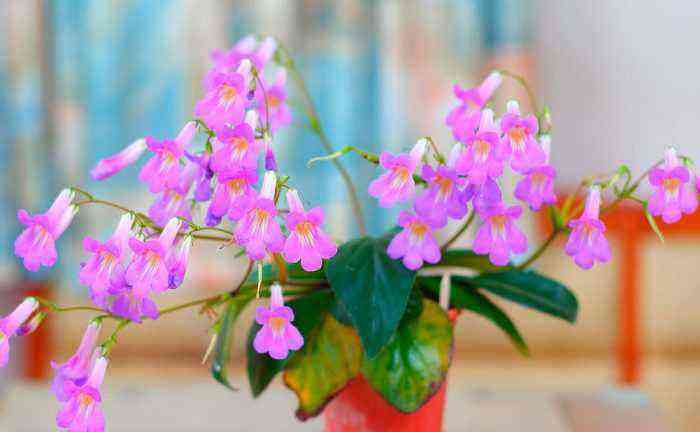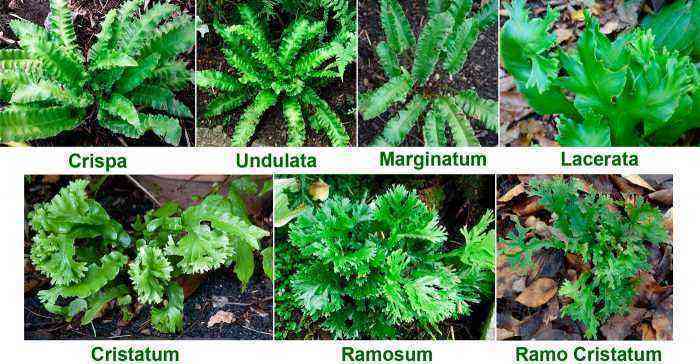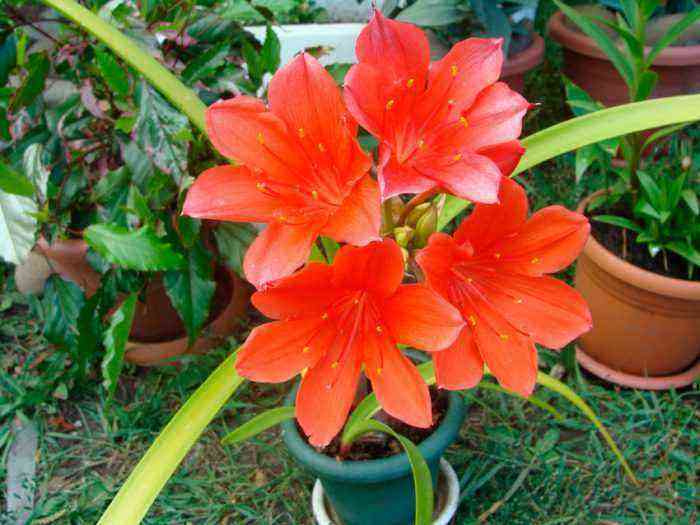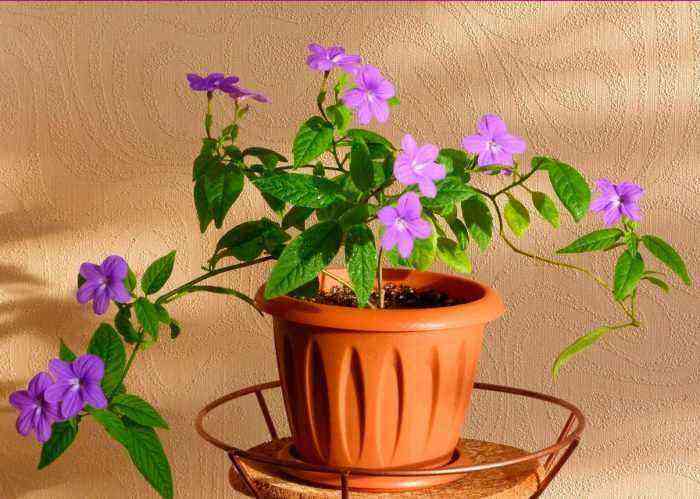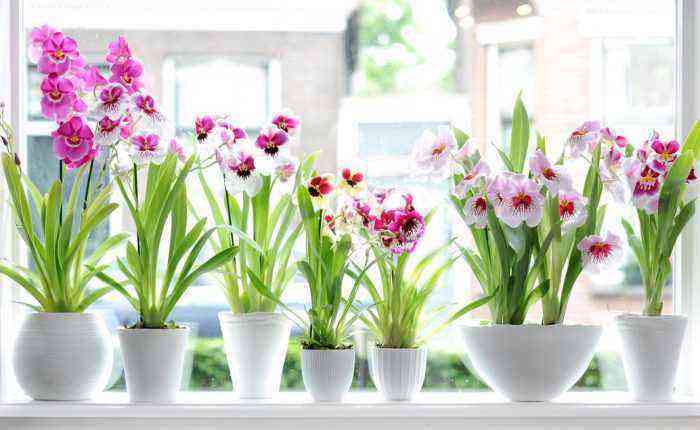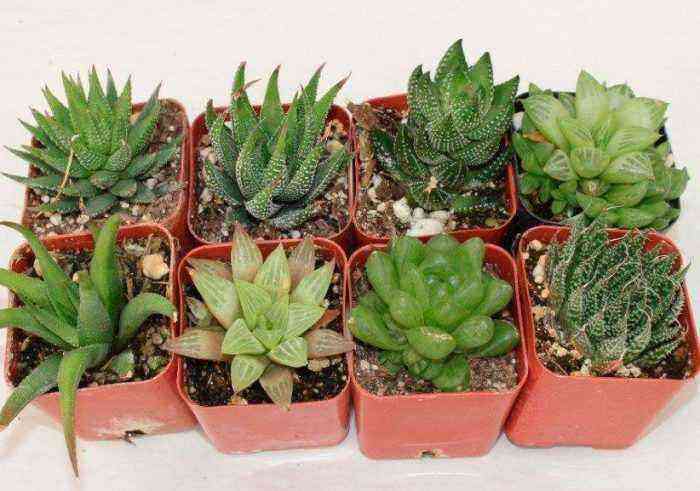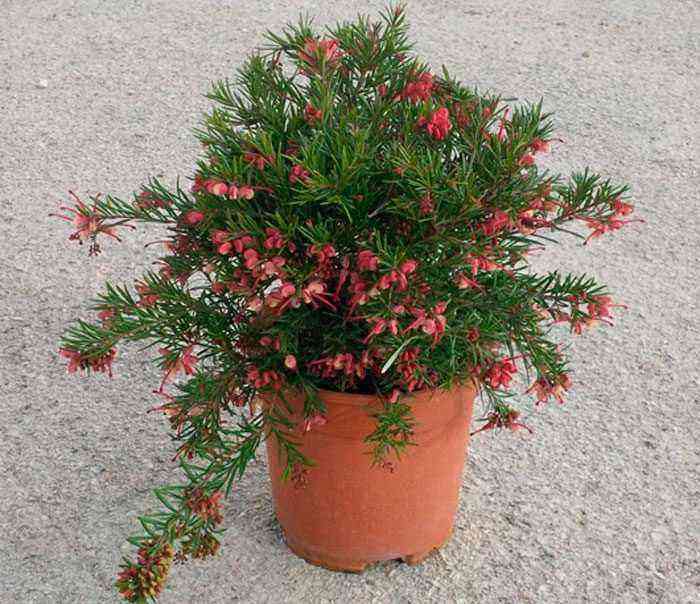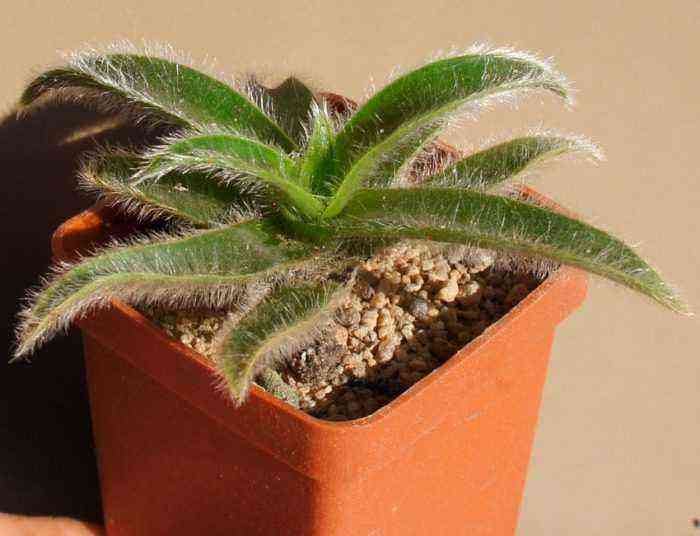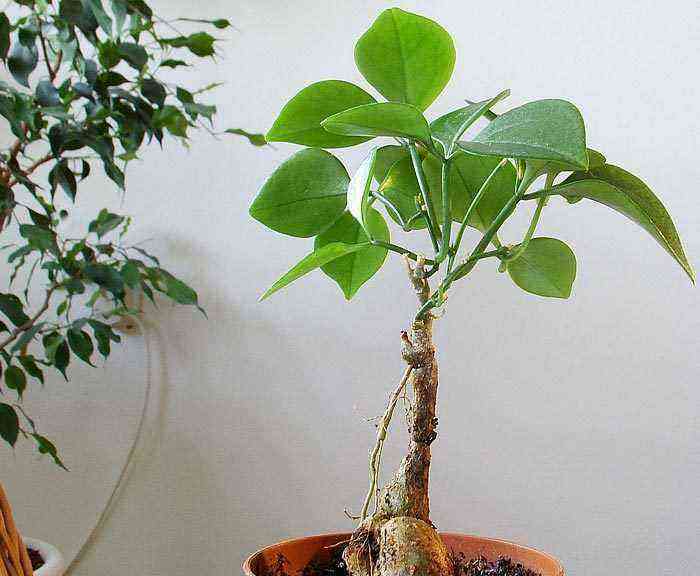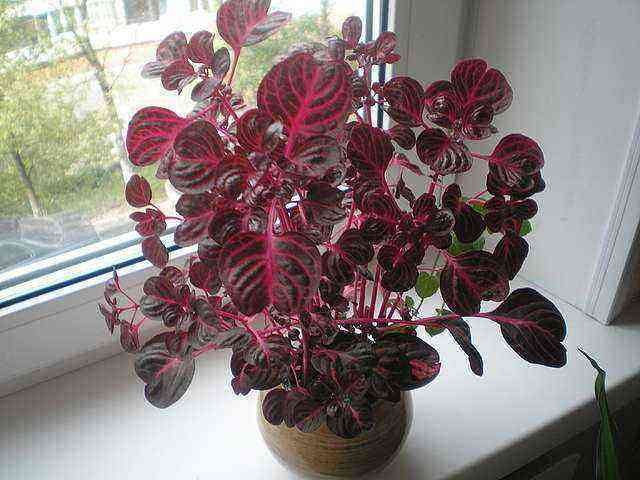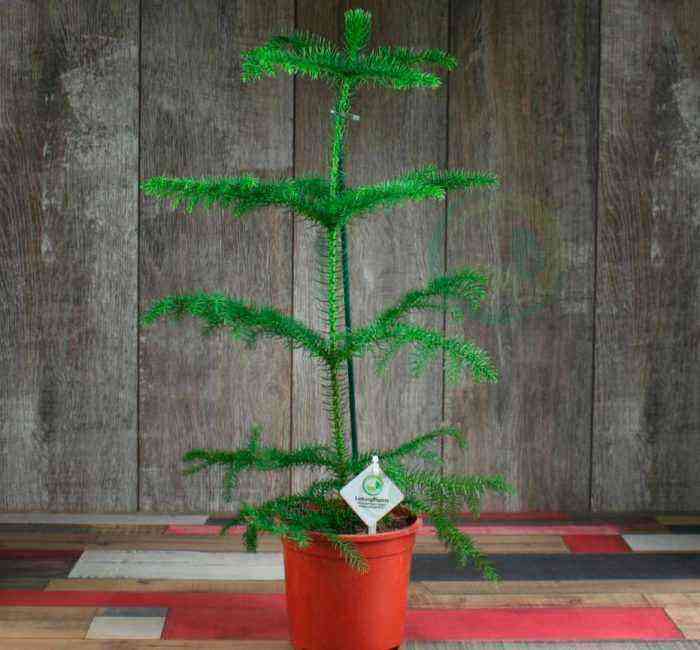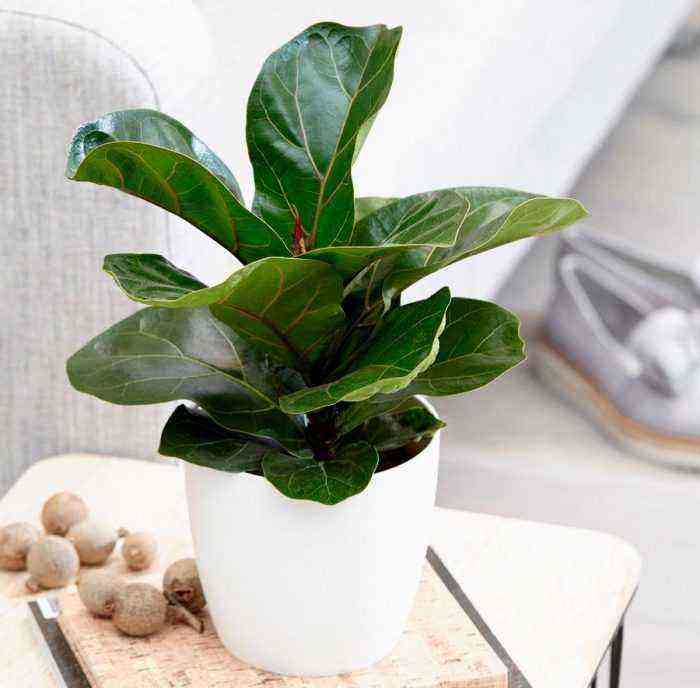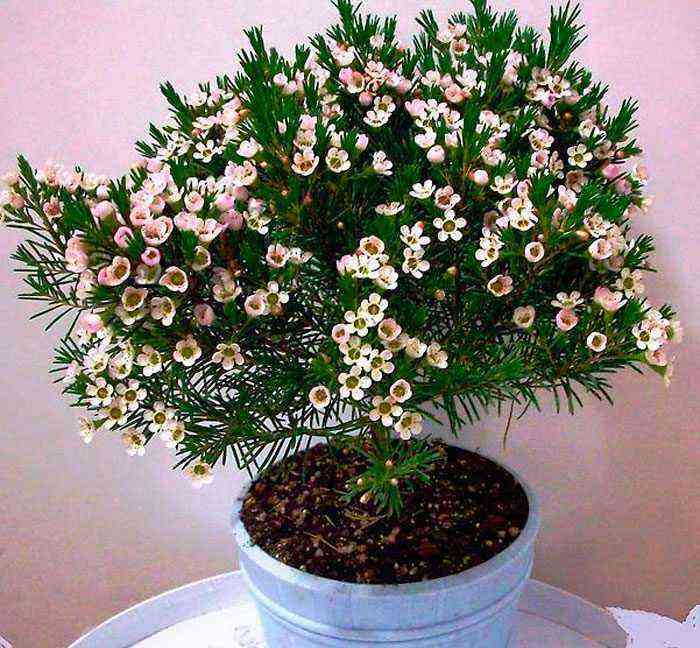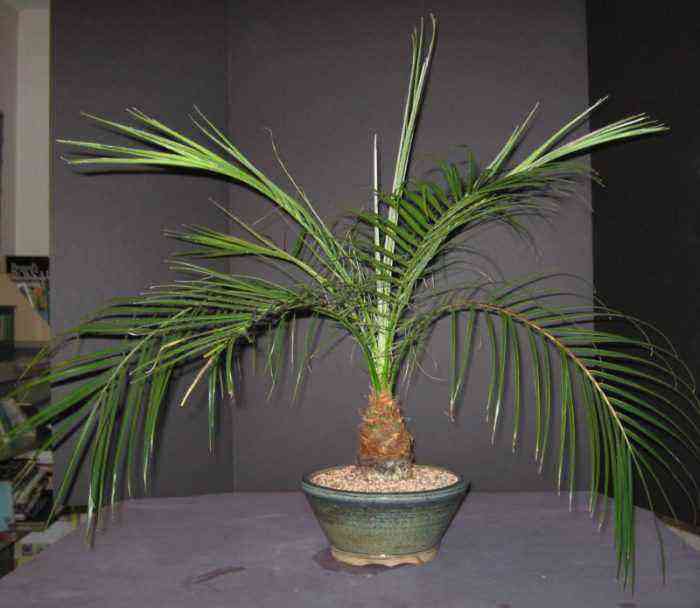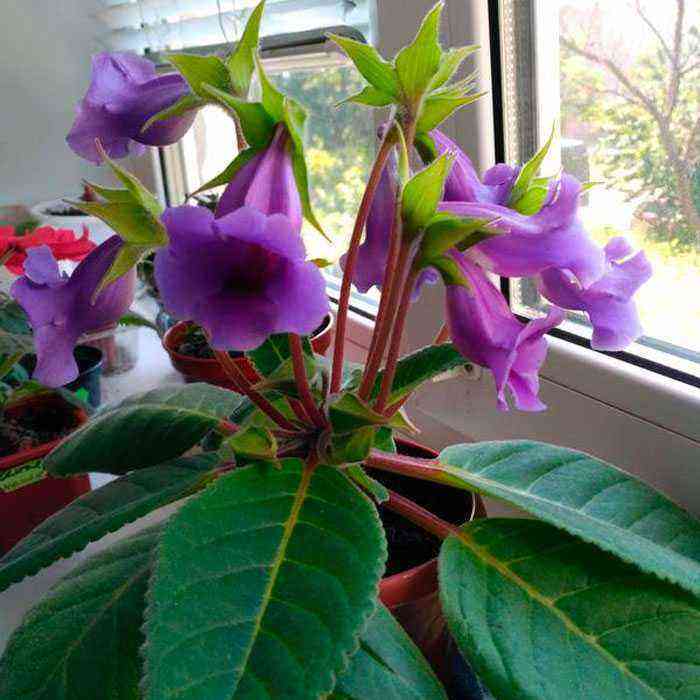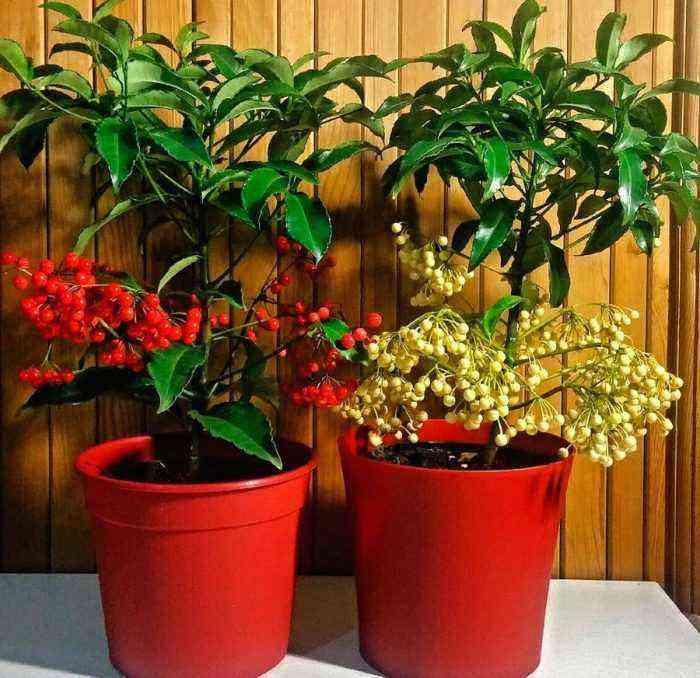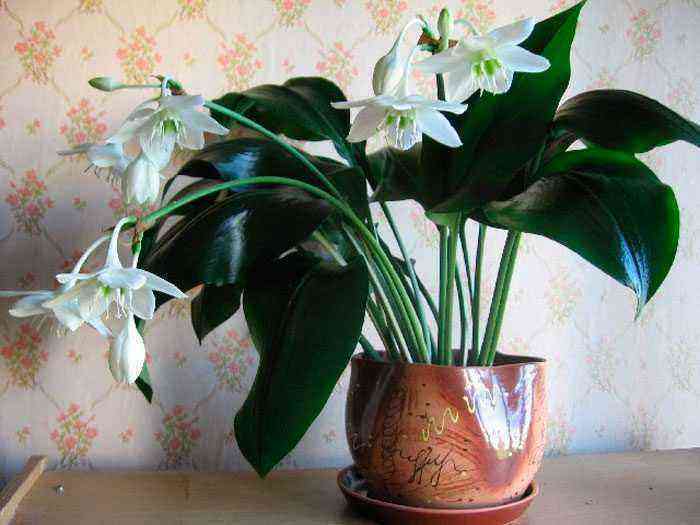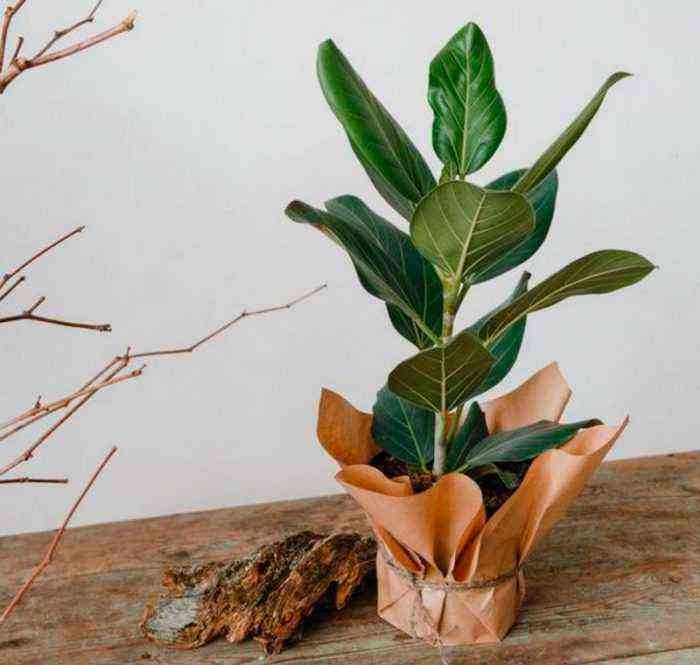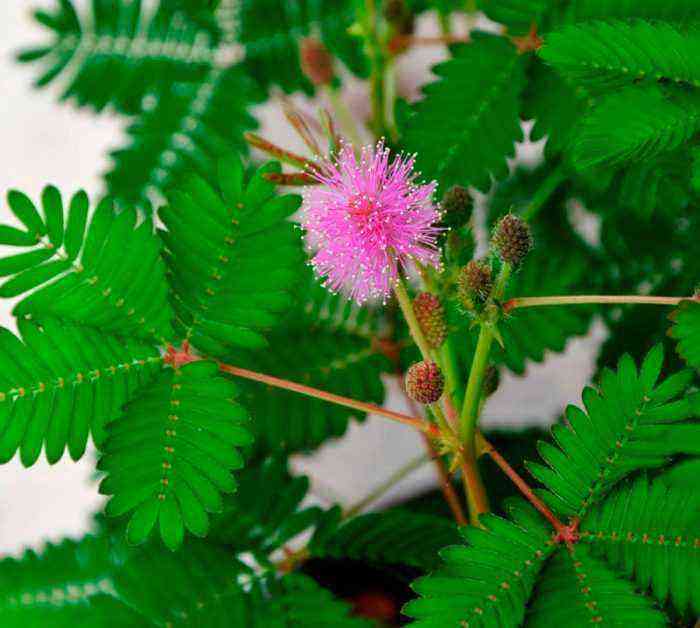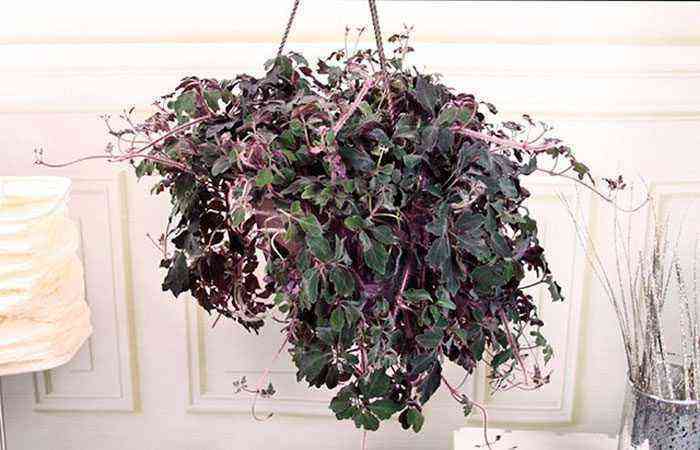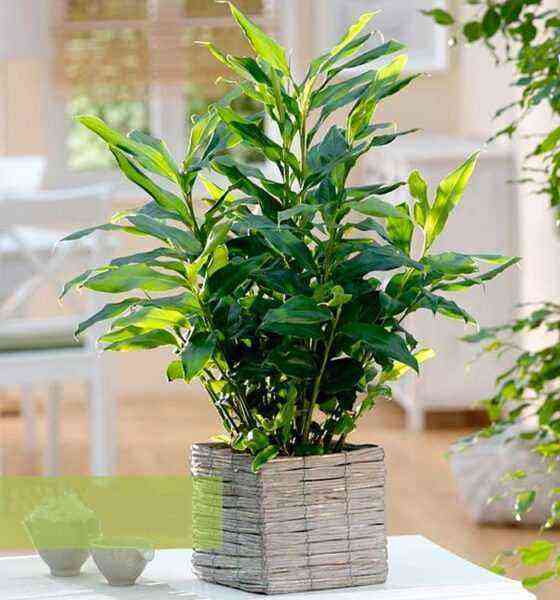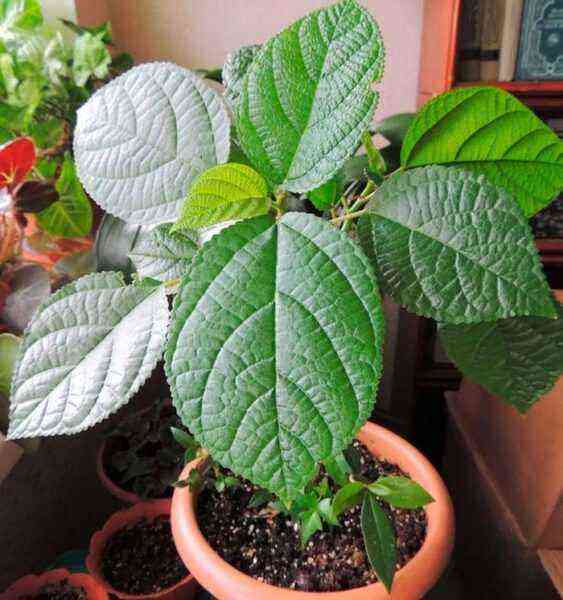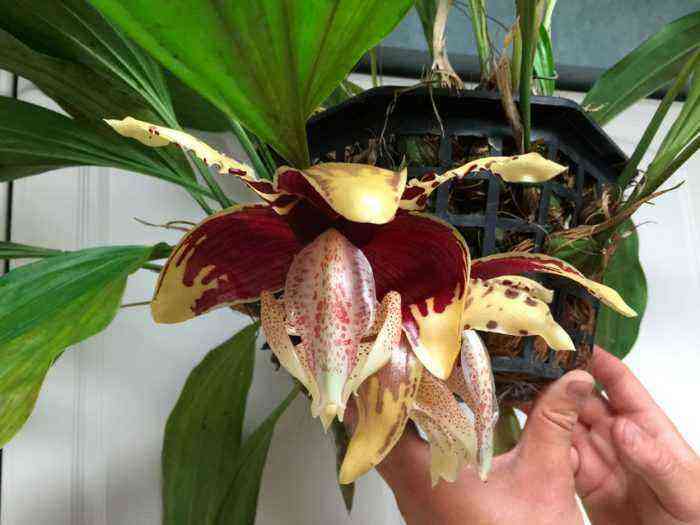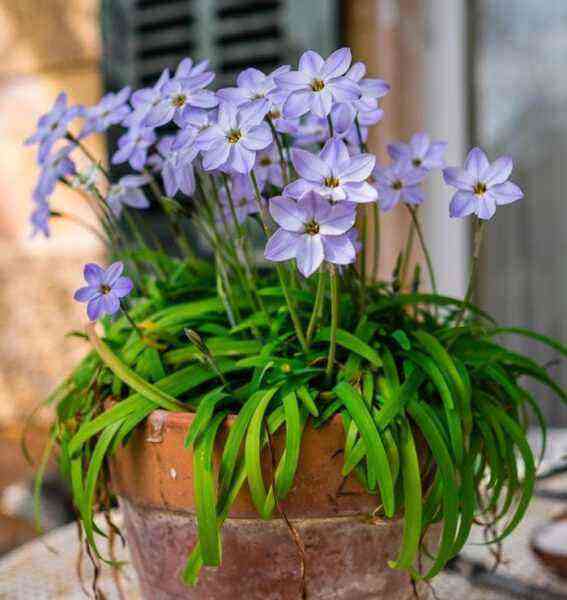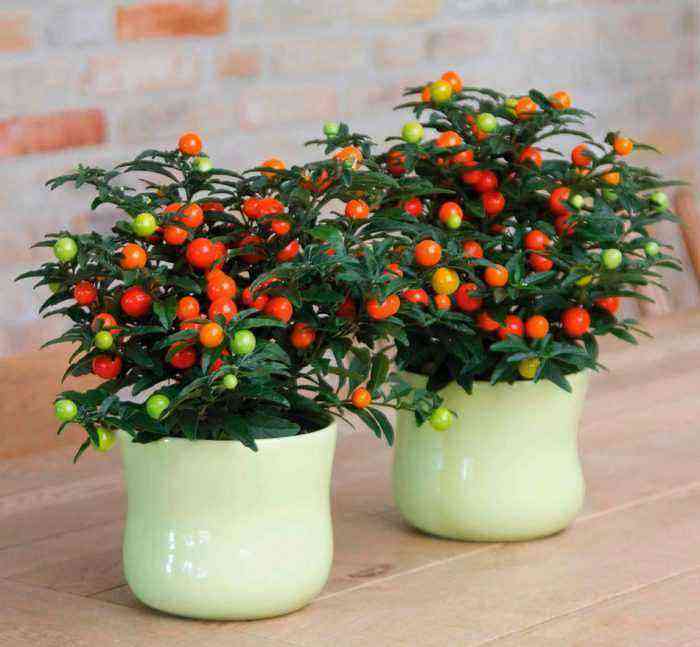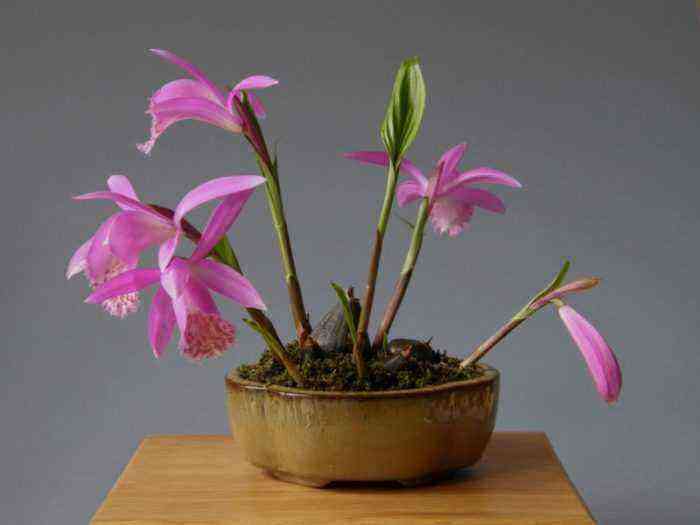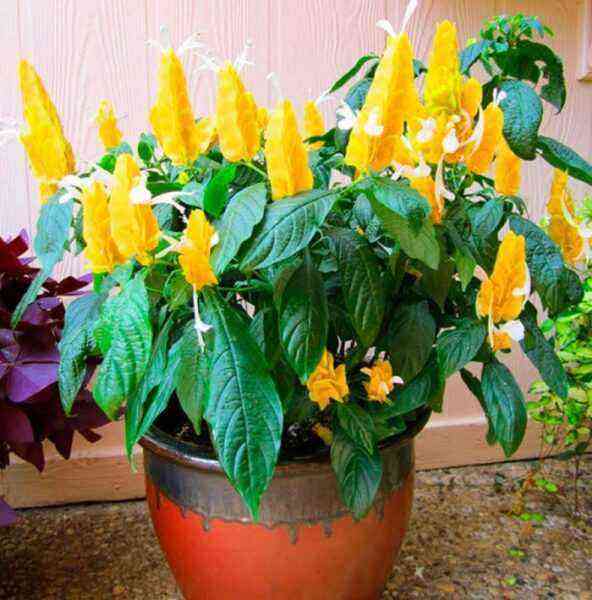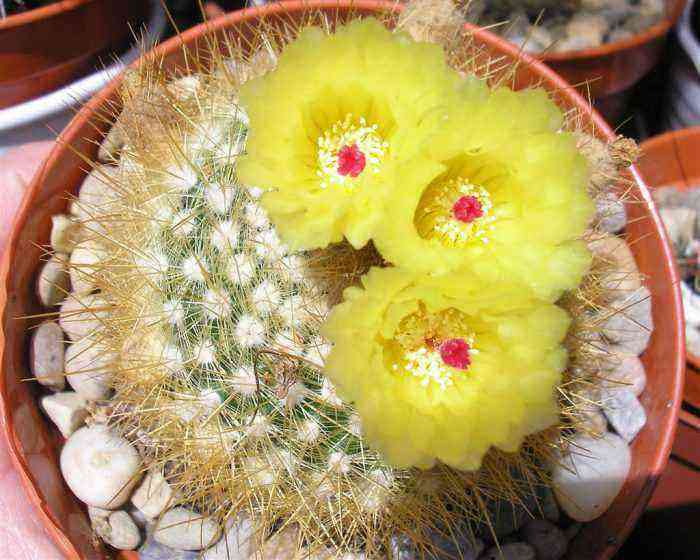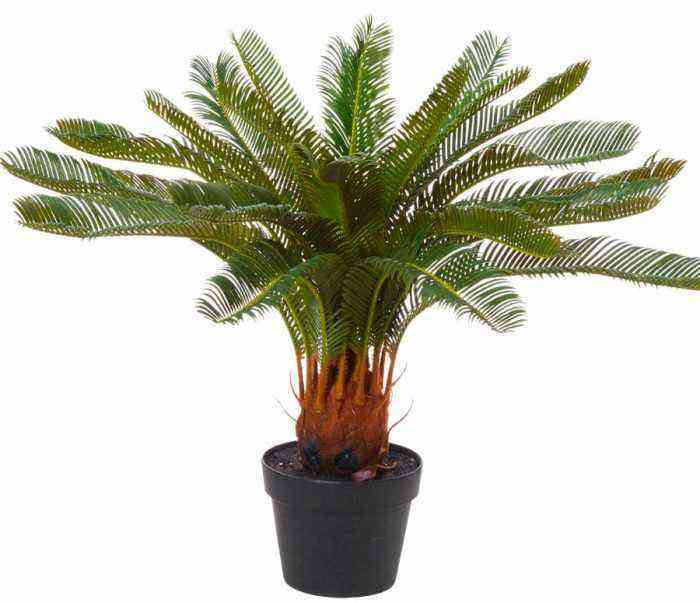The brugmansia plant belongs to the Solanaceae family. An inexperienced gardener can easily confuse it with dope, as they look very similar to each other. However, the difference between these plants is significant: brugmansia is represented by trees and shrubs, and datura is a herbaceous plant.
Brugmansiya is also popularly called the “angelic trumpet” or “golden dope”. This is due to the fact that during flowering, unusual flowers that look like gramophone are formed on the plant.
In the homeland of Brugmansia, this plant is widely used by aborigines to treat a large number of diseases. However, representatives of traditional medicine claim that the use of this plant for medicinal purposes can cause very dangerous side effects.
Brief description of cultivation
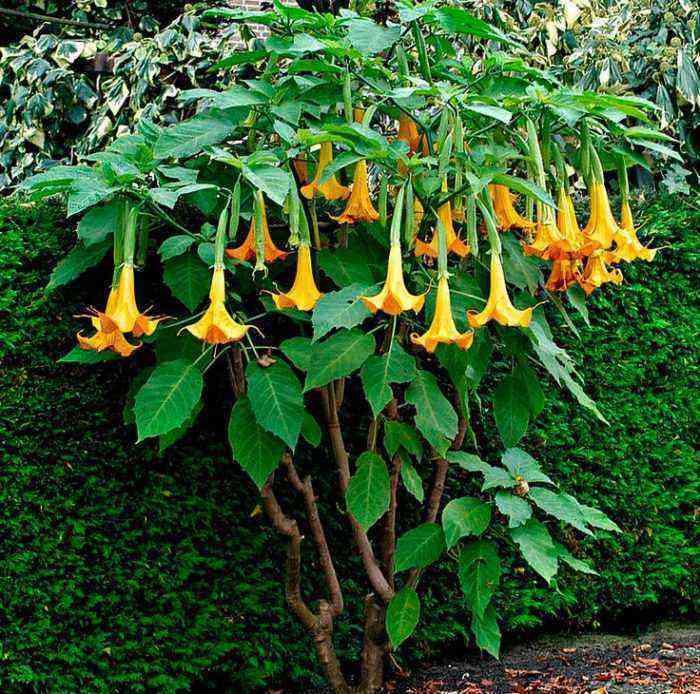

- Landing… For seedlings, sowing seeds is carried out in the period from January to March. Transplanting seedlings into open ground is carried out in the first summer weeks.
- Flowering… It starts in July and ends in December.
- Illumination… Needs lots of bright light.
- Ground… Moist, well permeable to air and water, slightly alkaline or neutral.
- Temperature… In the warm season, it grows well at any temperature. In winter, the bush is brought into a cool (from 8 to 12 degrees) room.
- Watering… In the open field, watered abundantly, and in winter indoors – moderately.
- Air humidity… Needs moisturizing of foliage from a spray bottle.
- Fertilizer… Feeding is carried out in May-August 1 time in 7 days, and for this purpose a complex mineral fertilizer is used. In winter, fertilizers are not applied to the soil.
- Transfer… It is carried out in the autumn, before the onset of the first frost.
- Trimming… It is held from 1 to 15 March.
- Reproduction… By cuttings and seed method.
- vermin… Red spider mites, caterpillars, whiteflies and slugs.
- disease… Gray rot.
- <font><font>Materials</font></font>… Brugmansia contains alkaloids, which are very poisonous, for example, atropine.
Features of brugmansia
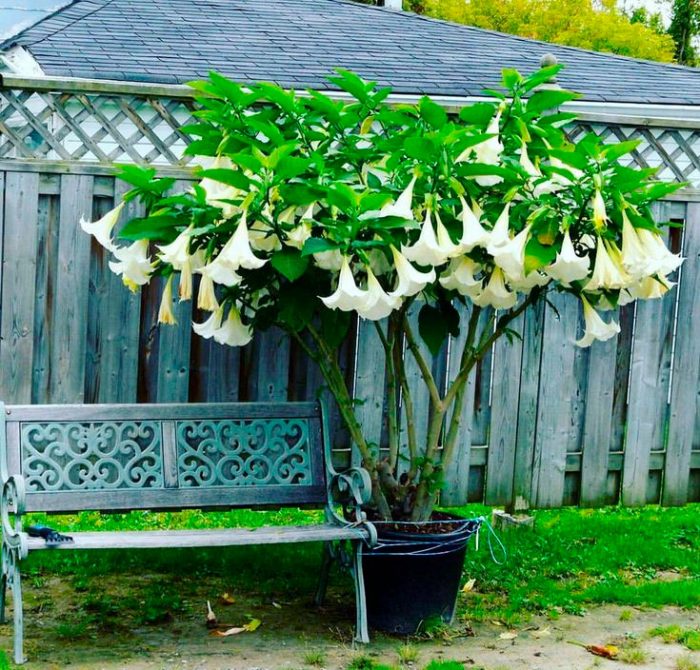

Brugmansia is a member of the genus of the Solanaceae family. Previously, this plant belonged to the genus Datura (datura), because its representatives bloom in the same way as brugmansia. The genus Brugmansia unites 6 species, which are represented by compact trees and evergreen shrubs. In natural conditions, the plant can be found in South America, where it grows in the subtropical foothills. It was named after Sebald Justinus Brygmans, a Dutch botanist.
This plant is distinguished by its thermophilicity, therefore, it is rather difficult to cultivate it in the middle latitudes. However, many gardeners still decide to grow brugmansia in order to see its magnificent flowering and inhale the aroma of unusual fragrant flowers.
Please note that tree brugmansia can reach a height of 5 m or even more. Therefore, if your garden is small, then it is recommended to use compact varieties to decorate it, for example: Cordata Red, Culebra. Large oval solid-edged sheet plates have a wavy edge and pronounced veins. Their length is about 0,5 m.The peculiarity of this plant is that its foliage grows in two tiers: the first tier includes leaf plates with a solid, even edge, having an elongated shape, and the second includes more compact leaves, the edges of which embossed. Fragrant flowers have a bell-shaped tubular shape, while they are incredibly large: the length is about 0,5 m, and in diameter they reach 0,2 m.
There are varieties with both simple and double flowers. There are also varieties with two-tiered flowers. Flowers can be painted in various shades: yellow, peach, red, green, pink, orange, cream. There are also varieties with bicolor and tricolor flowers. It is interesting that flowers of various colors can bloom on one bush.
In the middle latitudes, this plant is grown as a tub culture. The bush is planted in a large pot. In the warmer months, brugmansia is in the garden, and in the winter months it spends in a cool room.
Growing brugmansia from seeds
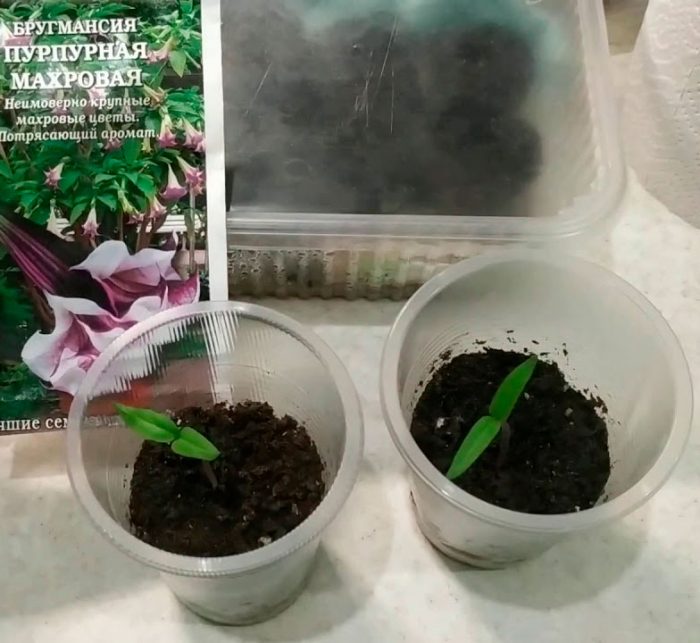

Seed sowing
Brugmansia can be propagated in two ways: vegetative and by seeds (generative). If you decide to use the seed propagation method, then sowing the seeds should be done in January – March. To do this, fill a small box with a light soil mixture and bury the seeds 5–10 mm in it. When seeding is complete, moisten the substrate with a spray bottle. The top of the box is covered with transparent glass or film, then it is transferred to a warm (from 20 to 25 degrees) place with diffused bright lighting. The germination time depends on the freshness of the seed. So, seedlings can appear after both 10 and 50 days.
Seedlings
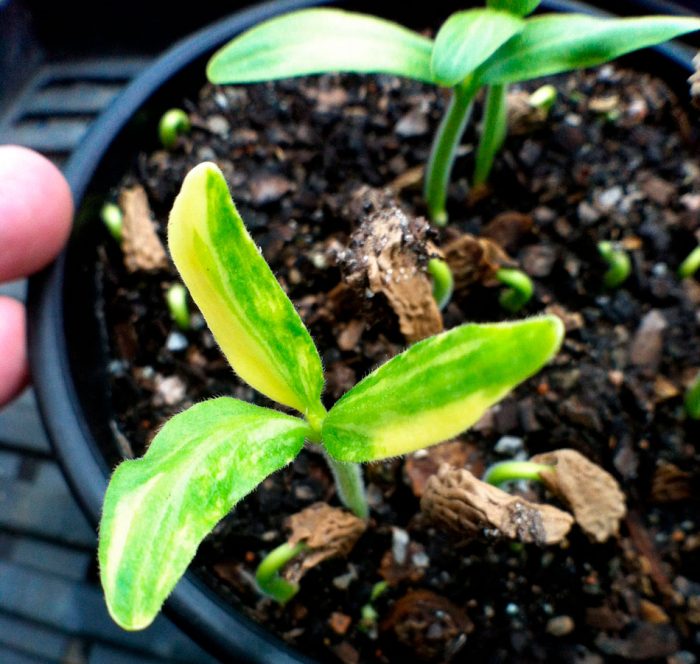

After the first seedlings appear, the shelter is removed from the box. Moisten crops regularly twice or three times a day with warm water from a spray bottle, but make sure that there is no excess moisture in the substrate. After the fifth leaf plate is formed on the seedlings, they should be picked into individual cups or small pots. Remember that a plant grown from a seed does not always retain the varietal characteristics of the parent bush. That is why gardeners prefer to propagate brugmansia by cuttings, and this method is also distinguished by its ease and speed.
Transplant into a permanent pot
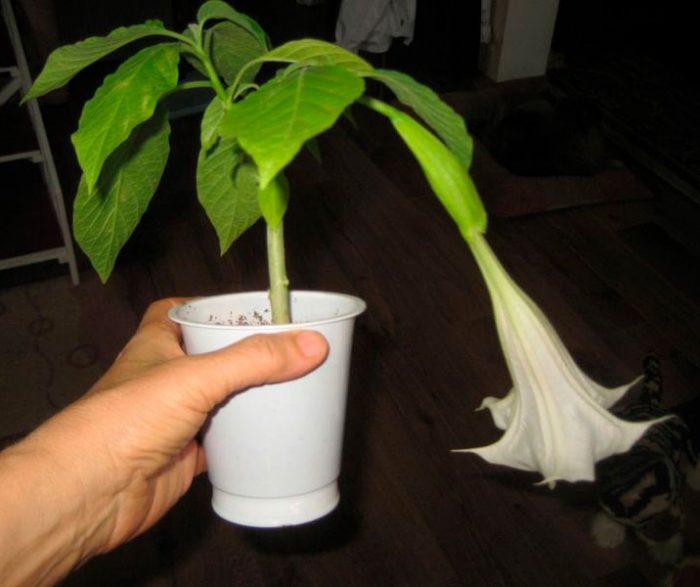

After the root system of the seedling has braided the entire clod of earth in the cup, it should be transplanted into a permanent container. The substrate should be nutritious and light, for example: humus (compost), loam and peat (1: 1: 2). Mix everything well, and then spill the soil mixture with a pinkish potassium manganese solution.
The bush is transplanted by the transshipment method. To do this, together with an earthen lump, carefully pull it out of the old pot and plant it in a new larger container, at the bottom of which a good drainage layer should be made. The bush can also be planted in open ground. But no matter how you cover him, he will still freeze in winter. In this regard, gardeners grow it as a tub plant.
Brugmansia care
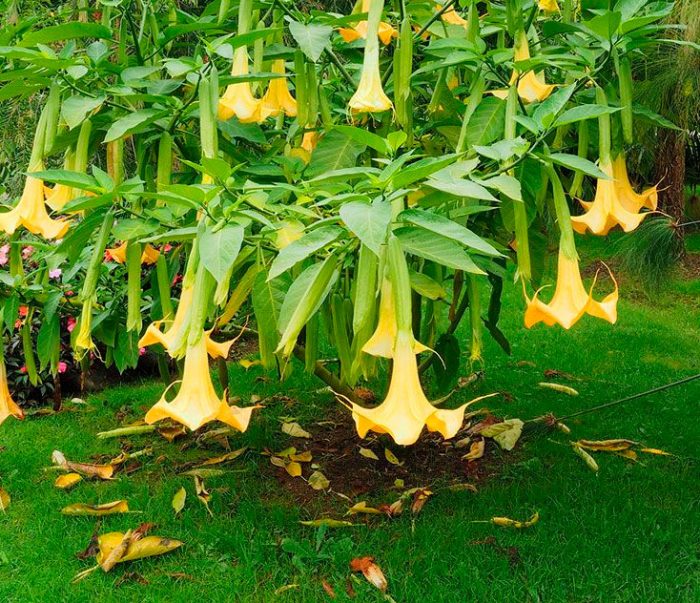

There is an opinion that brugmansia is very demanding in terms of care and growing conditions. However, this is not the case. Taking care of the plant is quite simple, but there are still a few things to keep in mind.
Site Selection
For brugmansia, choose a well-lit spot in your garden that will be shaded at midday. It must also be protected from drafts. On hot days, it is sometimes recommended to moisten the foliage from a spray bottle, spray it in the evening. During the hot dry season, the potting medium is moistened every day. In a rainy and cloudy period, watering is carried out only after the surface of the soil mixture dries up.
Feeding
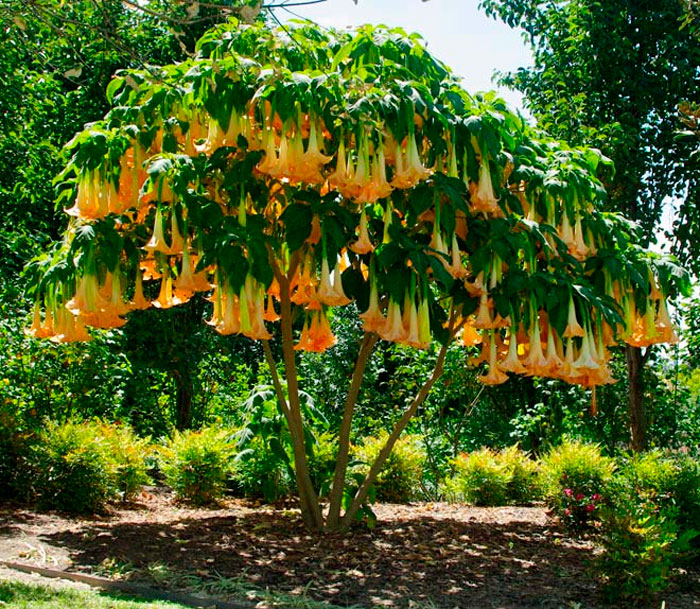

The plant needs regular feeding. They are carried out once a week, and a mineral complex is used for this. After the flowers bloom on the bush, phosphorus and potassium must be additionally added to the soil mixture.
Trimming
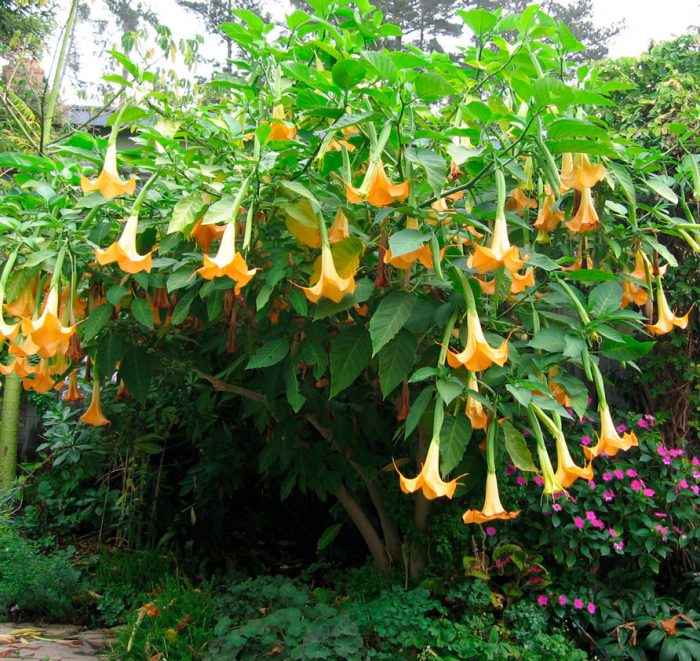

The plant needs annual pruning, which is carried out in the first half of March. Cut out all injured and diseased branches, and the remaining shoots should be shortened. Please note that Y-shaped stems cannot be pruned, as they will form flowers in the future.
After flowering
In order to protect the plant from early frost, it is brought indoors in early autumn. You can understand that it is time to transfer brugmansia from the garden to the “wintering” in the house on the following basis: the temperature at night began to drop to 5-7 degrees.
The bush in indoor conditions feels good, while its flowering can last until January (or even longer). It also happens that brugmansia does not begin a dormant period at all, and it blooms constantly. If you want the plant to bloom profusely next season, then you have to “force” it to “rest”. To do this, you need to create suitable conditions: move the bush to a spacious, cool room, reduce the frequency and abundance of watering, and also stop feeding.
Wintering
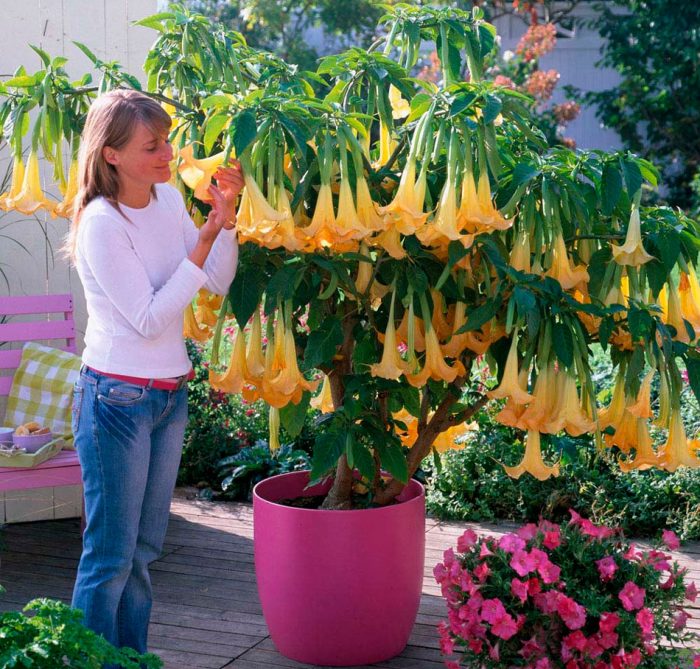

So that this culture does not die in winter, it is brought into a warm room and placed near the window. Water, moisturize and feed the bush in the same way as in summer. Provide additional lighting for the plant in the evening. If everything is done correctly, then the plant will delight you with its lush flowering for a long time.
If in your house there is not enough space for such a large plant, then it can be placed in a dry and dark basement, while the air temperature should be from 5 to 8 degrees. Watering the bush is very rare, but do not allow the earthen coma to completely dry out. As a rule, all the leaves fly around the bush. However, in the last winter days, buds will begin to open on its branches. At this time, it should be rearranged in a well-lit place.
Important! The warmer it is in the room where brugmansia winters, the more light it needs.
Propagation of brugmansia by cuttings
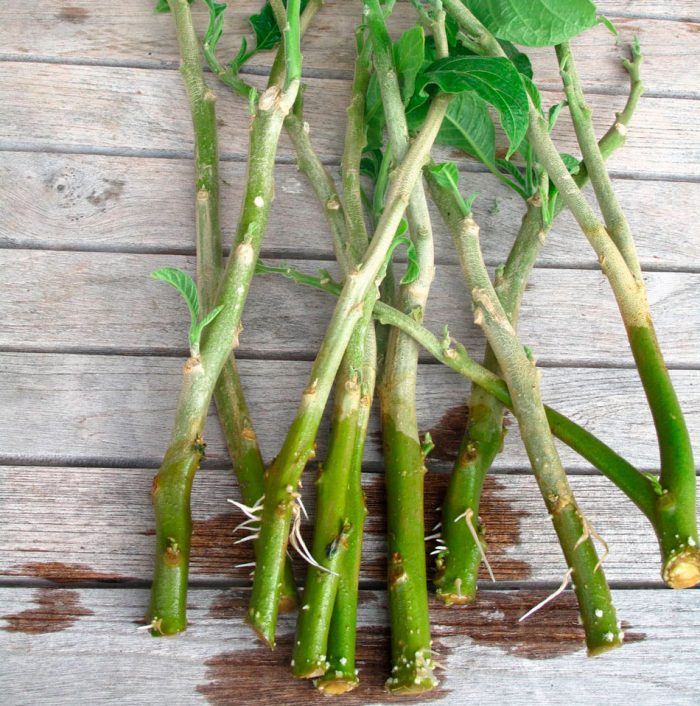

In order to propagate brugmansia, you can use the cuttings method. For cutting cuttings, one-year branches are chosen, having a length of 15 to 25 centimeters. They must have an apical growth point, since such segments take root and bloom faster.
Harvesting and rooting of cuttings is carried out in the last spring or in the first summer weeks. All the lower sheet plates are cut off from the segment, then it is placed in a container with water, into which activated carbon is added. Place the cutting in a well-lit and warm (at least 20 degrees) place. To prevent the foliage from wilting, it is regularly moistened with cold water. Cover the top with a glass jar or a cut plastic bottle.
The roots should grow back in 14 days. After they reach 50 mm in length, the segment is planted in a small pot, while using an earth mixture consisting of perlite, peat and sand (1: 2: 1). Full rooting will occur after 15–20 days.
Types of brugmansia with photos and names
It was already mentioned above that there are only 6 types of brugmansia.
Brugmansia aurea
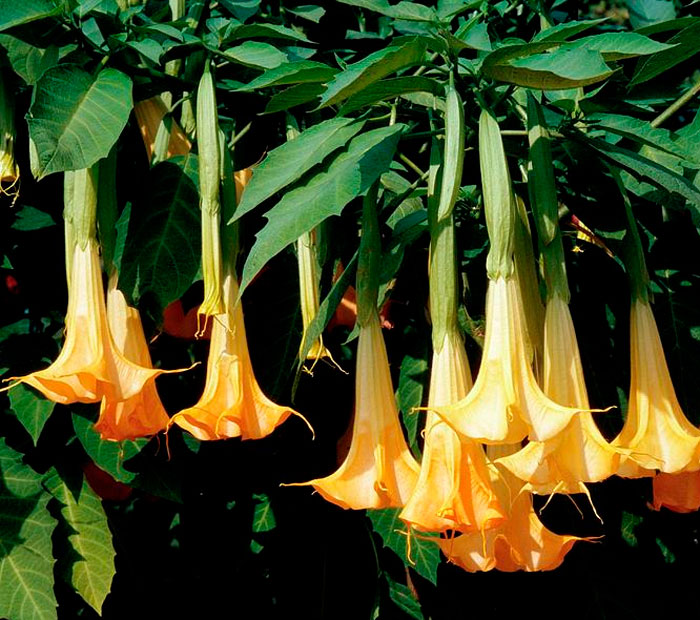

Under natural conditions, the height of the plant can reach 6 m. There is pubescence on the surface of the soft leaf plates. With a wide limb, the flowers are colored in various shades of yellow.
Fragrant Brugmansia (Brugmansia suaveolens)


The species differs in very fast growth and strong branching. The white fragrant flowers are adorned with green veins. However, in the buds, the flowers are pink in color.
Brugmansia snow-white (Brugmansia candida)
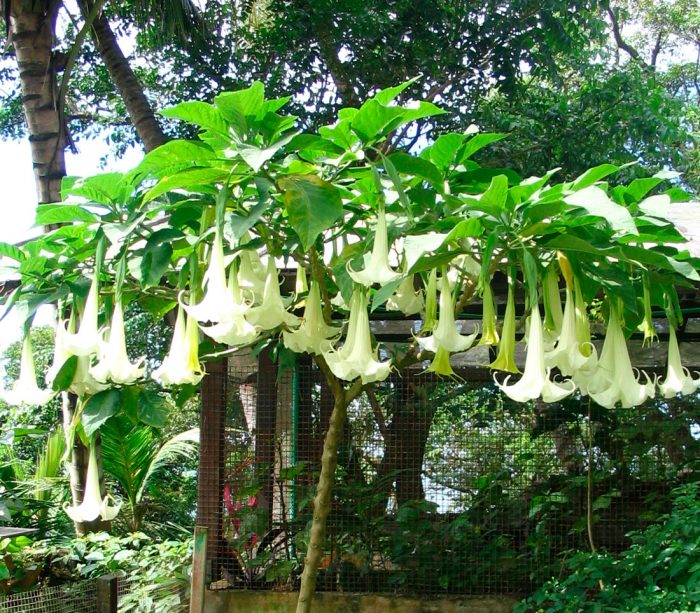

A compact, low tree with low-growing stems. The pubescent leaf plates are oval in shape. The flowers are white, but there are varieties with yellow and apricot colors.
Brugmansia bloody (Brugmansia sanguinea)
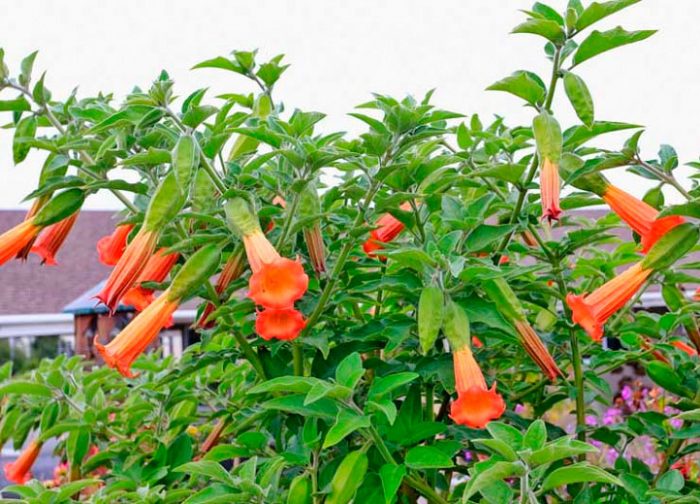

Plant height is about 12 m. Saturated orange flowers are decorated with fiery red edging and yellow veins. This species differs from the rest in the greatest resistance to cold. But it must also be transferred to the house for the winter.
Brugmansia variegated, or multi-colored (Brugmansia versicolor)


This species, unlike the others, has the longest flowers – about 0,5 m. The tube is painted in a cream shade. The color of the tube differs from the bend.


